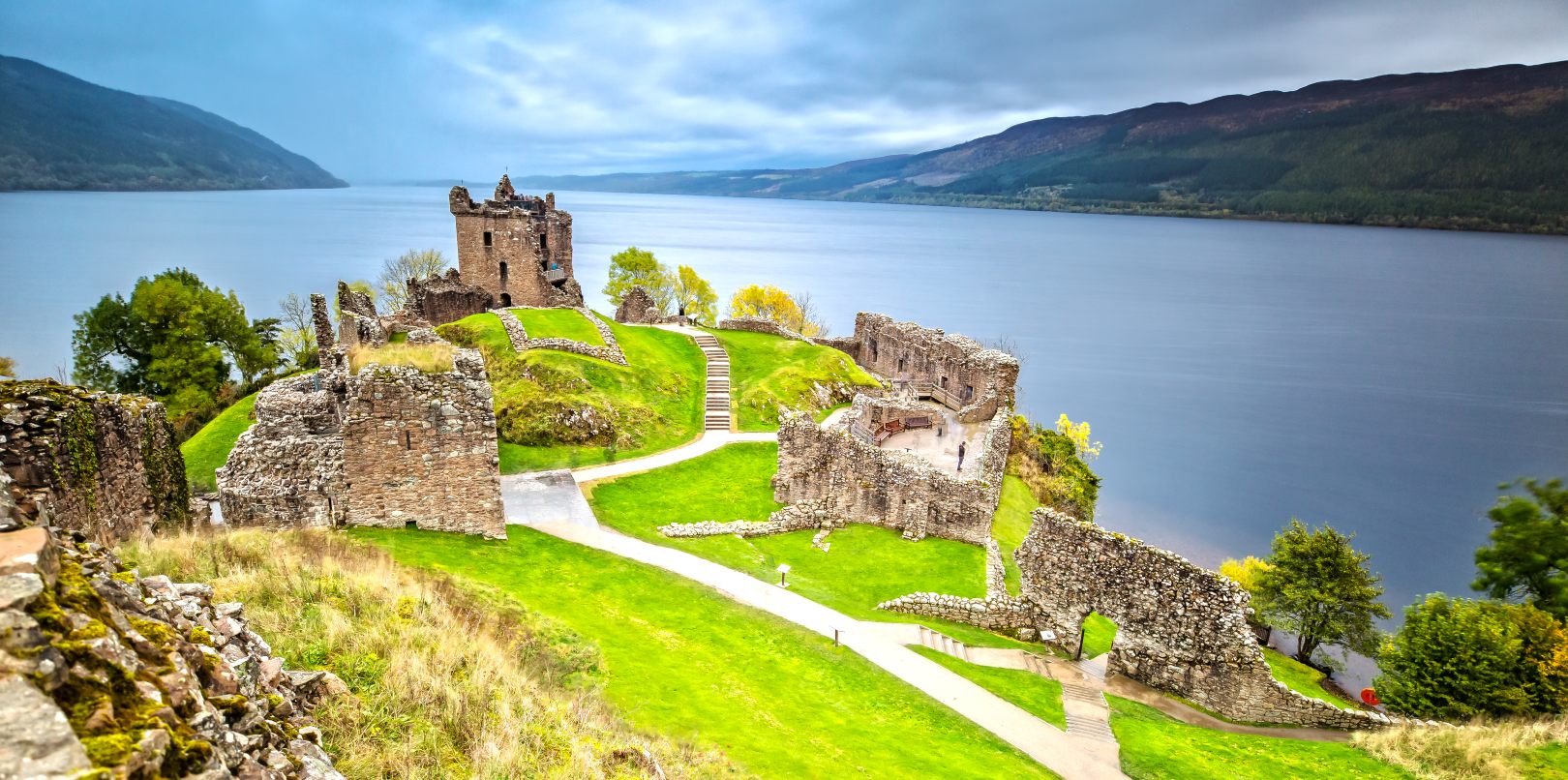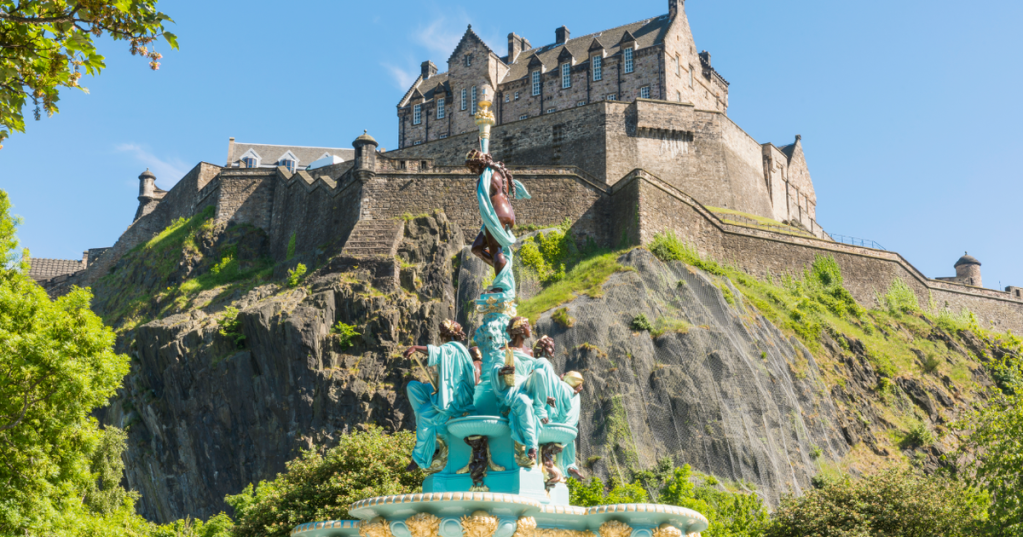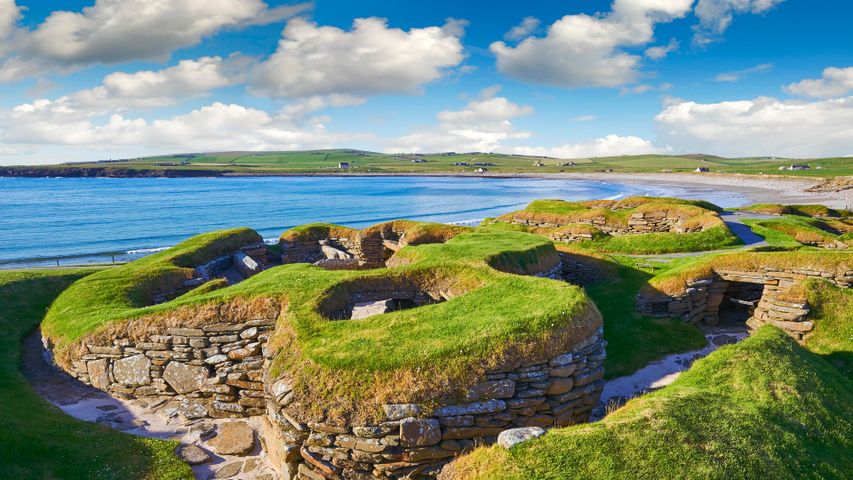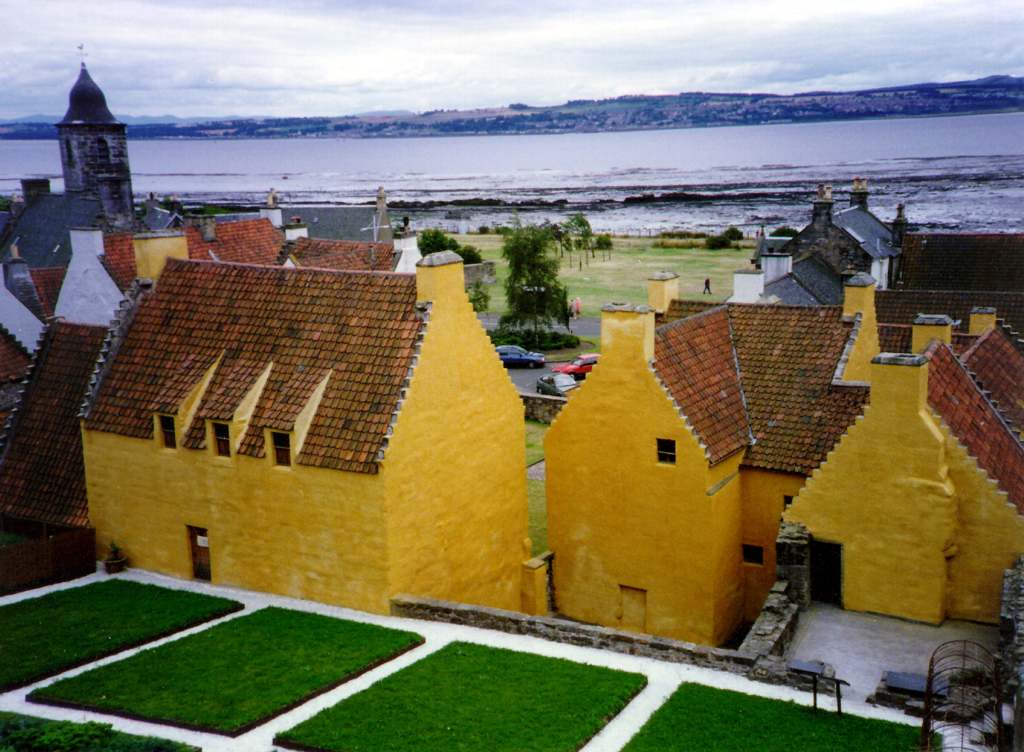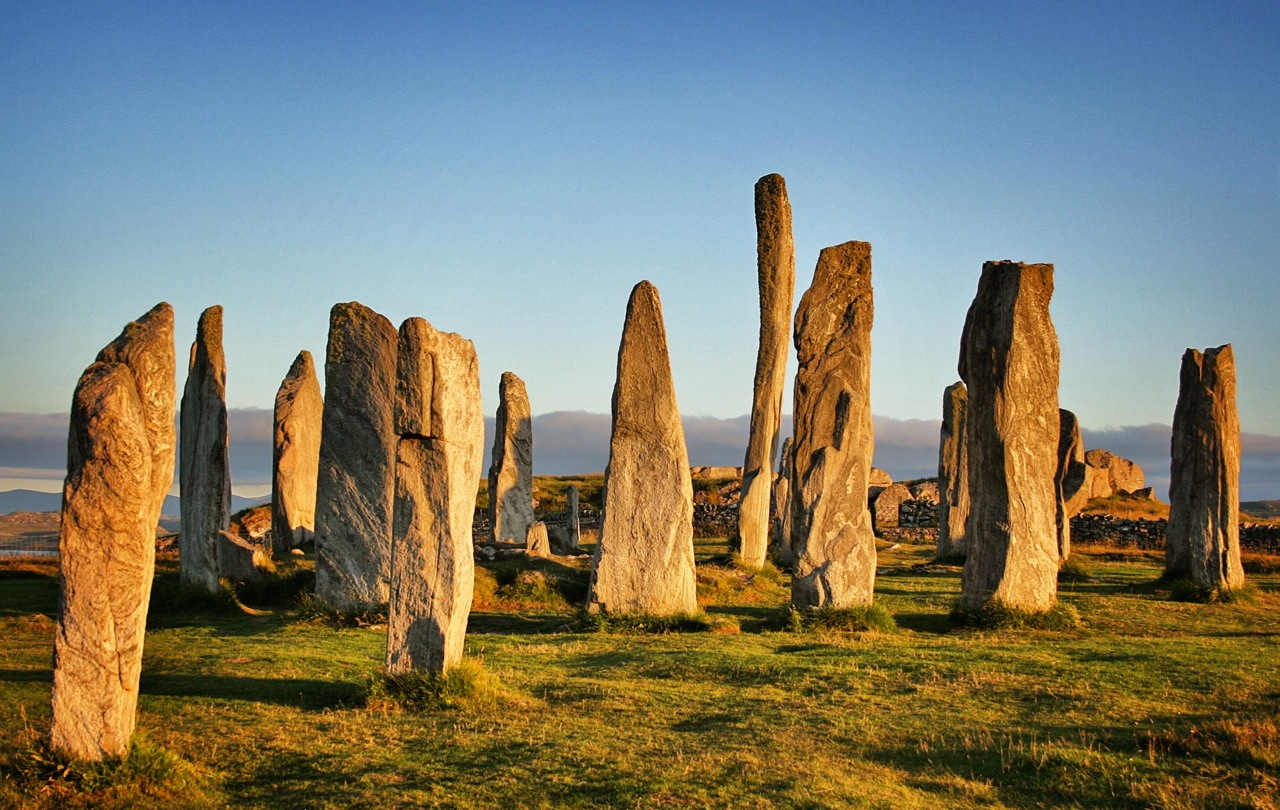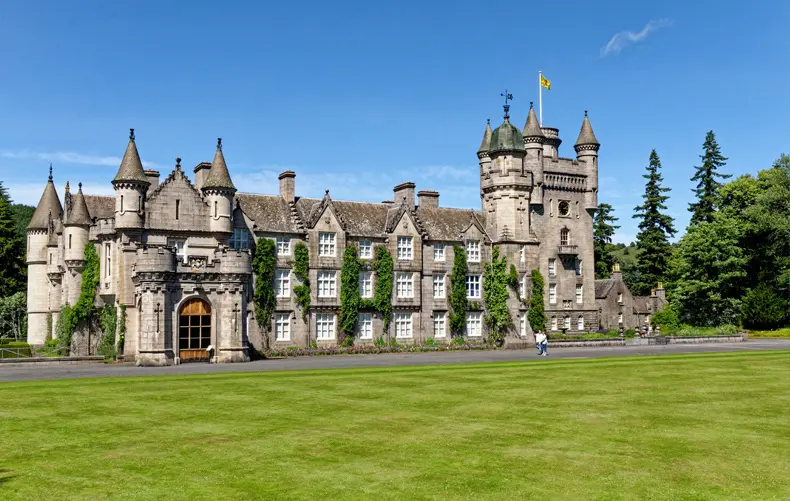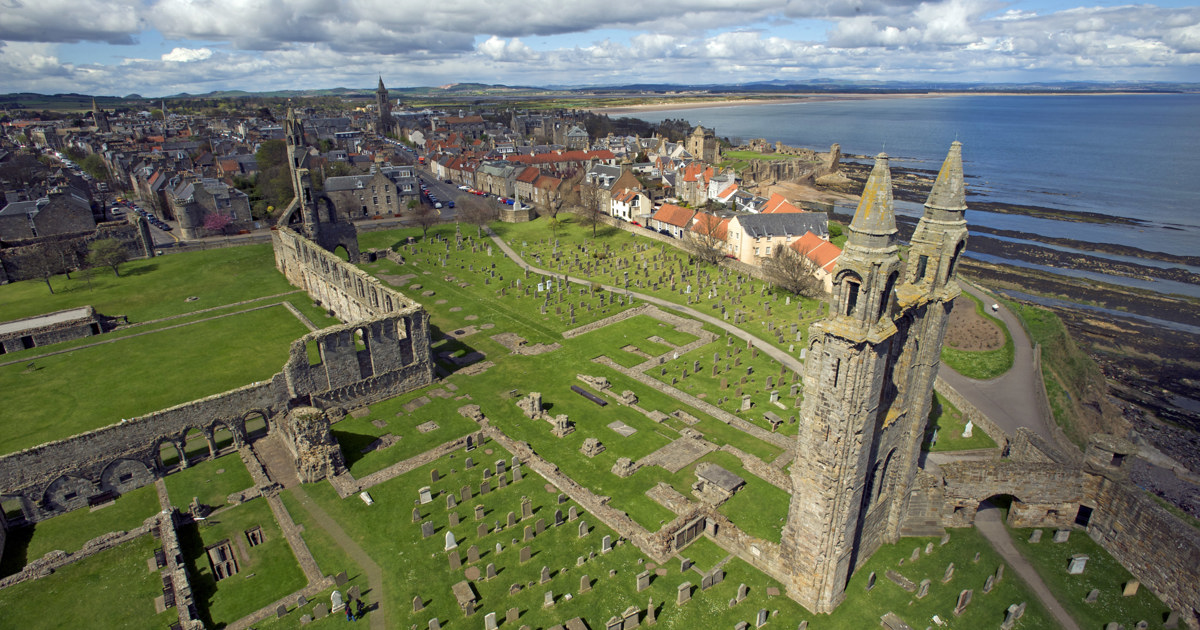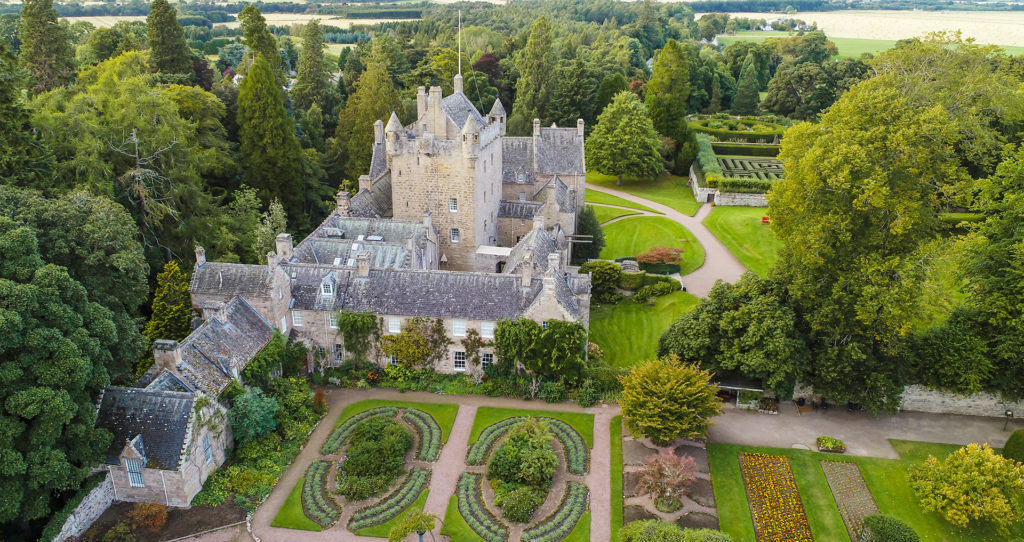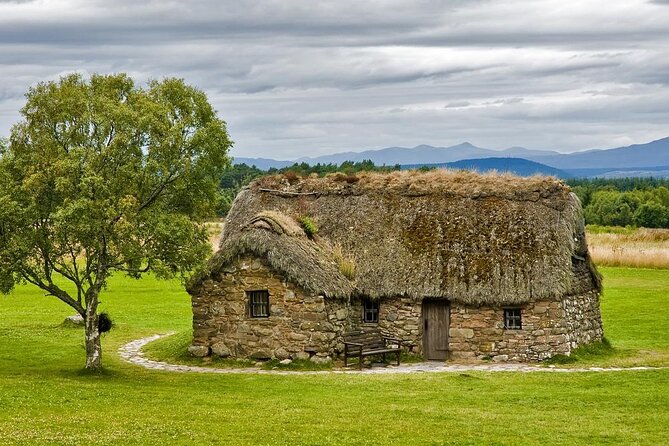Scotland Historical Sites For History Lovers [Must-See Destinations]
Step back in time and explore Scotland's top historical sites, where centuries of history, battles, and royal intrigue are etched into every stone.
Dec 05, 202456.2K Shares750.5K Views
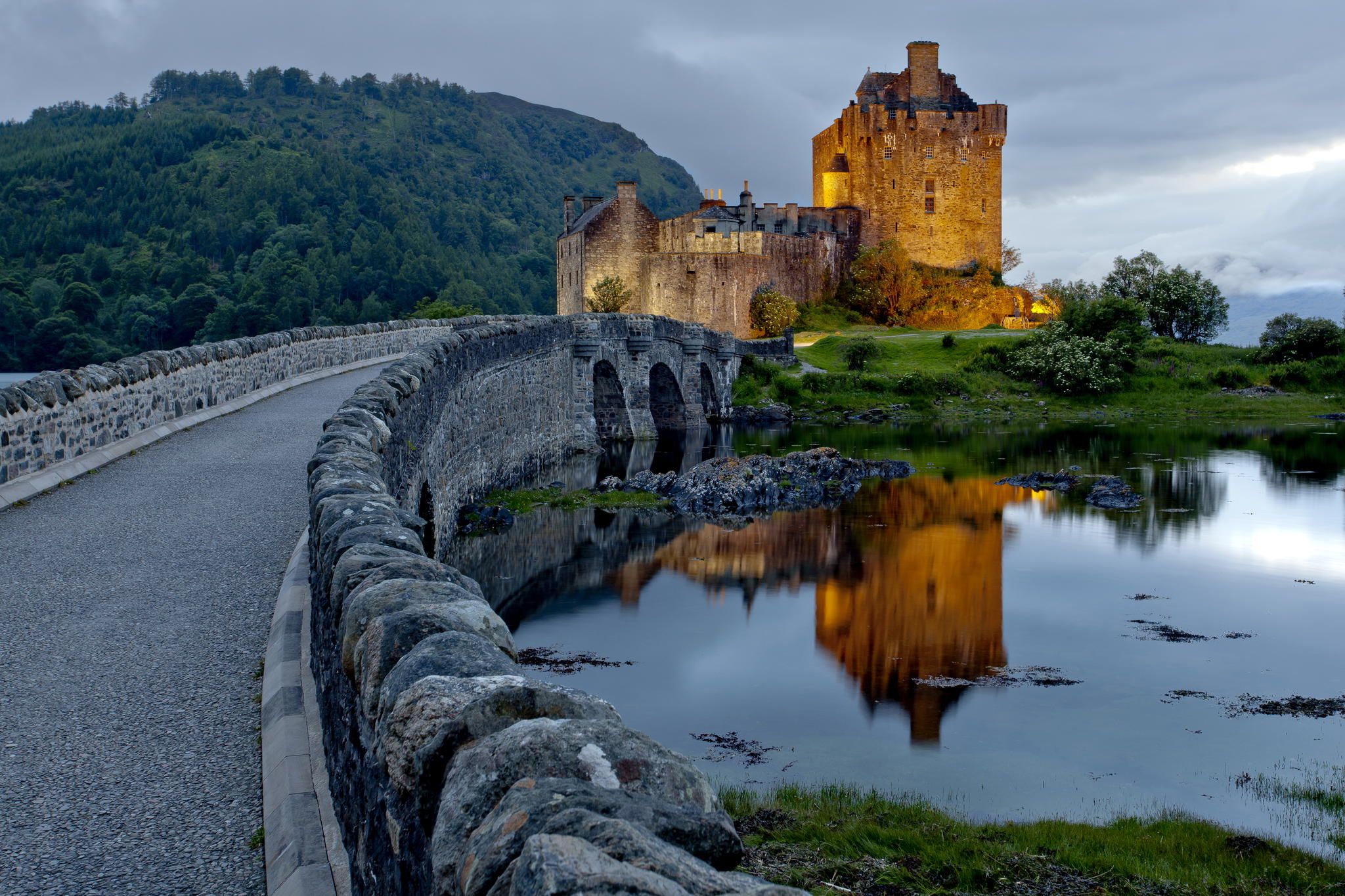
Scotland’s history is deeply woven into its landscape, where ancient ruins, majestic castles, and sacred landmarks tell the tale of a nation that has endured for centuries. Each site reflects key moments in Scotland’s past, from prehistoric times to medieval battles and royal life. Below are some of the most iconic and historically significant sites that Scotland has to offer.
1. Urquhart Castle
Urquhart Castle, situated on the shores of Loch Ness, has a history filled with conflict and intrigue. Once a strategic stronghold during the Wars of ScottishIndependence, this medieval fortress played a crucial role in defending the Highlands.
The breathtaking location of Urquhart Castle makes it one of the top places to visit in the worldfor those who want to experience the dramatic beauty of Scotland’s natural and historical landscapes. The castle’s ruins provide an unparalleled view of Loch Ness, combining historical significance with a connection to one of Scotland's most famous legends.
2. Edinburgh Castle
Perched atop Castle Rock, Edinburgh Castle has been at the center of Scottish history for over a thousand years. Its origins date back to the Iron Age, and it has served as a royal residence, military stronghold, and symbol of national identity. The castle’s role in defending Scotland from invaders and as a royal residence for monarchs has solidified its importance throughout the ages.
Edinburgh Castle is also home to the Scottish Crown Jewels and the Stone of Destiny, used in the coronation of Scottish kings. The National War Museum of Scotland, located within the castle, preserves centuries of military history. With its imposing presence and significant historical treasures, Edinburgh Castle remains one of Scotland's most iconic landmarks.
3. Stirling Castle
Stirling Castle, standing between the Highlands and Lowlands, has been the site of some of the most important events in Scottish history, including the famous Battle of Bannockburn in 1314, where Robert the Bruce’s forces secured a decisive victory against the English.
This castle was a favored residence of Scotland’s kings and queens, particularly during the Renaissance. The architectural grandeur of the Great Hall and the Chapel Royal showcases the castle’s royal heritage, while the Stirling Heads - intricate wooden ceiling medallions - add to its artistic significance. Stirling Castle played a central role in shaping Scotland’s royal history and military defense strategies.
4. Skara Brae
Situated on the Orkney Islands, Skara Brae is Europe’s best-preserved Neolithic settlement. Dating back to 3000 BCE, this ancient village predates Stonehenge and the Egyptian pyramids. Skara Brae was uncovered in 1850 after a storm revealed its stone structures, and it remains a critical site for understanding Scotland’s earliest communities.
The village consists of nine stone-built houses linked by passageways, complete with stone furniture. Artifacts like tools and jewelry provide insights into the daily lives of its inhabitants, making Skara Brae a key site for exploring Scotland’s prehistoric history.
5. The Royal Burgh Of Culross
Culross is a beautifully preserved example of a 17th-century Scottish burgh. Its cobbled streets, white-harled houses, and iconic Culross Palace make it one of Scotland’s most picturesque towns. Built in the late 1500s, the palace reflects the wealth of the merchant family that once lived there.
Culross is not only a historical gem but also part of the broader context of Scottish public life, showcasing how daily life in Scotland has evolved over centuries. The town’s authentic architecture and historical importance have made it a popular location for television productions, including Outlander, where it served as a backdrop for several scenes.
6. The Standing Stones Of Callanish
The Standing Stones of Callanish, located on the Isle of Lewis, are one of Scotland’s most enigmatic prehistoric monuments. These stones, arranged in a cross-shaped pattern, were erected around 2900 BCE and have long puzzled archaeologists regarding their purpose.
The most widely accepted theory suggests that the stones served as an astronomical observatory, possibly marking lunar and solar events. Unlike other stone circles such as Stonehenge, the Callanish Stones allow for closer inspection, and the site remains a powerful reminder of Scotland’s ancient cultural and spiritual heritage.
7. The Antonine Wall
Built in the mid-2nd century AD, the Antonine Wall marks the northernmost boundary of the Roman Empire. Spanning over 60 kilometers across central Scotland, the wall was constructed to defend Roman Britain from the indigenous Picts. It was primarily made of turf, but remnants of its stone foundations and forts remain.
One of the most notable sections is Rough Castle Fort, where the Roman military’s engineering skills are evident. The Antonine Wall remains a testament to the reach and ambition of the Roman Empire, marking its presence in Scotland’s history.
8. Balmoral Castle
Balmoral Castle, nestled in Royal Deeside, is the private residence of the British royal family. Purchased by Queen Victoria and Prince Albert in the mid-19th century, Balmoral has become a symbol of the royal family's connection to Scotland. Its Scottish Baronial architecture and expansive grounds are emblematic of the romanticism associated with the Highlands.
The estate covers 50,000 acres and includes formal gardens, which are among the finest in Scotland. Balmoral’s significance extends beyond its royal connections, embodying the historical and cultural ties between Scotland and the British monarchy.
9. St. Andrews Cathedral
St. Andrews Cathedral, once the largest church in Scotland, played a central role in the nation’s religious and political life. Constructed in the 12th century, the cathedral was the focal point of religious power in Scotland for several centuries. Its ruins still showcase the grandeur of medieval architecture.
Nearby, St. Rule’s Tower offers panoramic views of the surrounding town, which became a center of learning during the medieval period, further solidifying St. Andrews’ importance in Scotland’s religious and educational history.
10. Cawdor Castle
Cawdor Castle, located in the Scottish Highlands near Nairn, dates back to the 14th century and has been owned by the same family for over 600 years. The castle’s medieval architecture and well-preserved interiors provide a glimpse into Scotland’s aristocratic life.
Although more legend than fact, Cawdor Castle is famously associated with Shakespeare’s Macbeth, adding to its allure. The Great Hall, still used for banquets today, reflects the castle’s enduring role as a center of Scottish hospitality and history.
11. Culloden Battlefield
Culloden Battlefield, located near Inverness, is the site of the final battle of the Jacobite rising in 1746. This battle marked the end of Bonnie Prince Charlie’s efforts to restore the Stuart monarchy. The defeat of the Jacobites had far-reaching consequences for Scotland, leading to the suppression of Highland culture.
The battlefield now serves as a national memorial, with monuments and interpretive exhibits that tell the story of the battle and its aftermath. Culloden remains a site of reflection on the impact of this defining moment in Scottish history.
FAQs Scotland Historical Sites
What Is The Best Time Of Year To Visit Scotland's Historical Sites?
Late spring (May to June) and early autumn (September) are ideal for visiting Scotland’s historical landmarks. The weather is pleasant, and the crowds are smaller during these months.
How Do I Get To Scotland’s Historical Landmarks?
Most major historical sites are accessible by public transportation, including buses and trains. For more remote locations, such as Skara Brae or the Standing Stones of Callanish, renting a car is recommended.
Are There Guided Tours Available At These Historical Sites?
Yes, many of Scotland’s historical sites, including Edinburgh Castle, Stirling Castle, and Culloden Battlefield, offer guided tours that provide deeper insight into their historical significance.
Which Historical Site In Scotland Is Most Suitable For Families?
Stirling Castle and Edinburgh Castle offer engaging experiences for families, with interactive exhibits and activities for children. Skara Brae also provides an educational yet fascinating look into Scotland’s prehistoric past.
Conclusion
Scotland’s historical sites offer an unparalleled journey through the country’s storied past, from prehistoric settlements and medieval castles to battlefields and royal residences. Each site holds its own unique place in history, shaping Scotland’s cultural identity and preserving its legacy for future generations.
Latest Articles
Popular Articles
